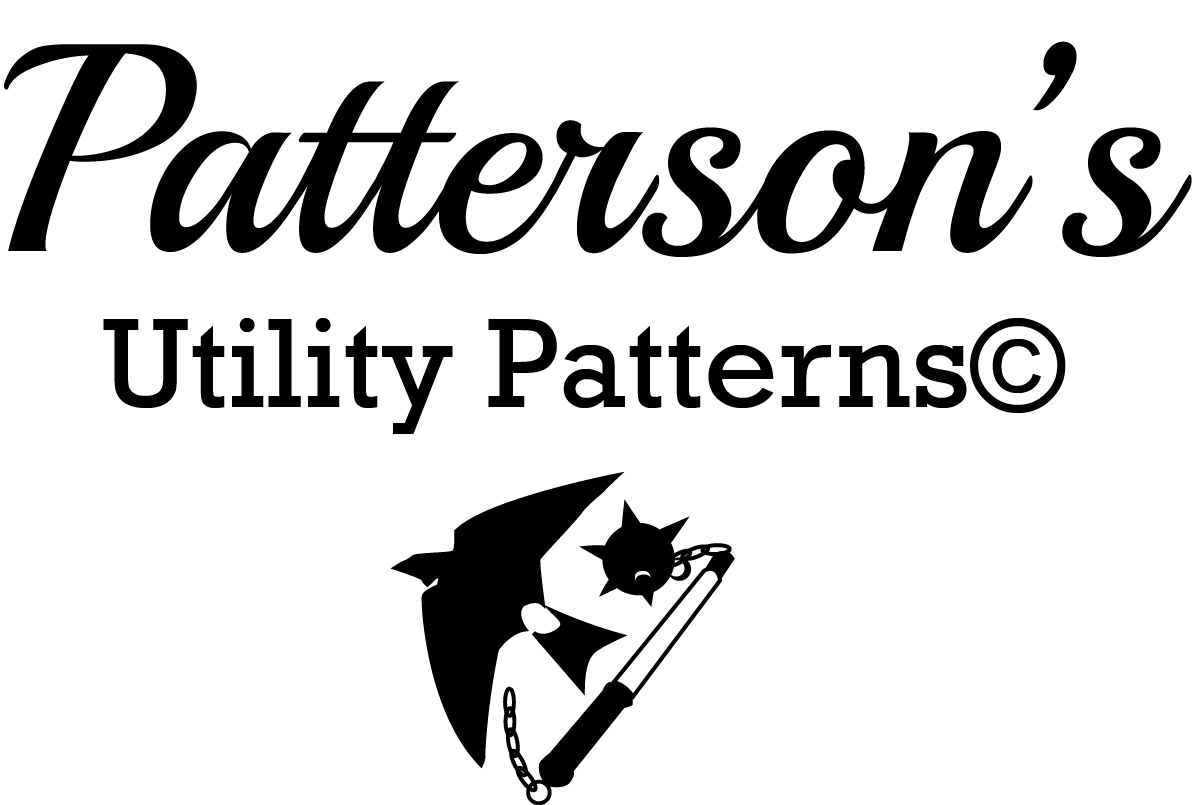Patterson’s Utility Outfitters
In 1915, a young tailor named Cecil Patterson went to war. From a long line of Savile Row tailors, he left his late father’s company in the stewardship of his mother, Diana Patterson, nee Farmbrooke. He served two years in the trenches, and returned an invalid, the rest of his company having died in the trenches. He was changed mentally and physically by the hardships he had suffered, both as a man and as a tailor. He had lost the use of his left eye, and retained a limp, due to a poorly set right ankle.
He had worked closely with the army medical corps during the conflict, and had used his skills with a needle for minor wounds on more than one occasion, credited with reducing infections due to his fastidiousness. He was continually struck by the inappropriateness of the standard kits and uniforms to purpose in the heat of battle, and the adaptations he made to his own kit, and those of others, earned him acclaim amongst his comrades and superior officers.
His return to his family company was marked by the changes he instituted in the company’s mission. He held a firm belief that war and conflict would never be on a far horizon, and that utility needed to come to the fore in clothing design. Form would have to come second to function in all things, to suit a population that lived in the midst of unpredictability and impending chaos.
Patterson’s Gentlemen’s Fine Outfitters would, from 1919 onwards, become Patterson’s Utility Outfitters. The sigil of the company was changed from a simple housemartin in flight, to incorporate a flail and housemartin, encircling each other in unending flight. Patterson began now to employ tailors with wartime experiences, and apprentices would often joke that one couldn’t become a master tailor at Patterson’s unless missing a leg. The company also offered discounted clothing to veterans of conflict, and offered remaindered garments at heavily reduced prices for war widows and their children.
Patterson himself also began designing patterns for utilitarian housewares and items such as bags, shoes, and outerwear. In 1952 he summed up his mission thus:
‘I have seen man fail man. I have seen machine fail man. I work such that a man’s clothes shall not fail him’
During the 1920s and 1930s, Patterson’s still derived the bulk of their income as a gentlemen’s outfitters, but had tidy trade with the farming community. However, in the wartime period, the Ministry of War commissioned Patterson to design several bespoke patterns for use by the military, primarily kitbags, hygiene suits, and immersible gaiters. As he viewed a population in dire circumstances, under the pressures of both fabric rationing and harder usage for domestic garments, Patterson also made available commercial patterns for salvage fabrics, giving people new, innovative ways to use unlikely scraps for their new lives. Patterson’s became synonymous with the moment when workwear and daywear became interchangeable.






